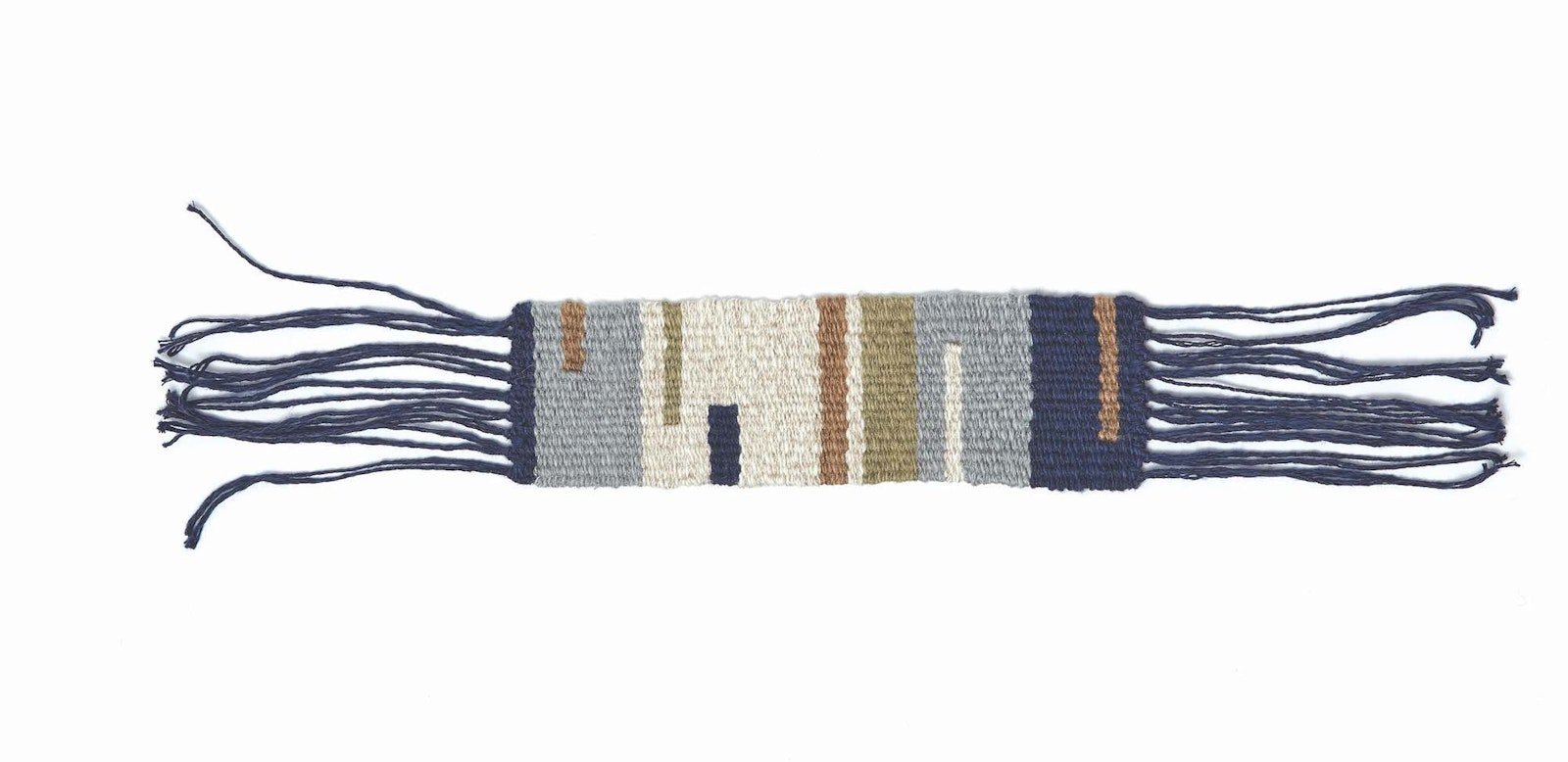Anytime I want to start a new hobby, my first question is always, “What supplies do I actually need to get started?” That’s because it’s always frustrating to find out I’ve bought items I don’t need or, even worse, I’m missing a key component. If you’re looking to start tapestry weaving and want to make sure you’ve got everything you really need to get started, look no further!
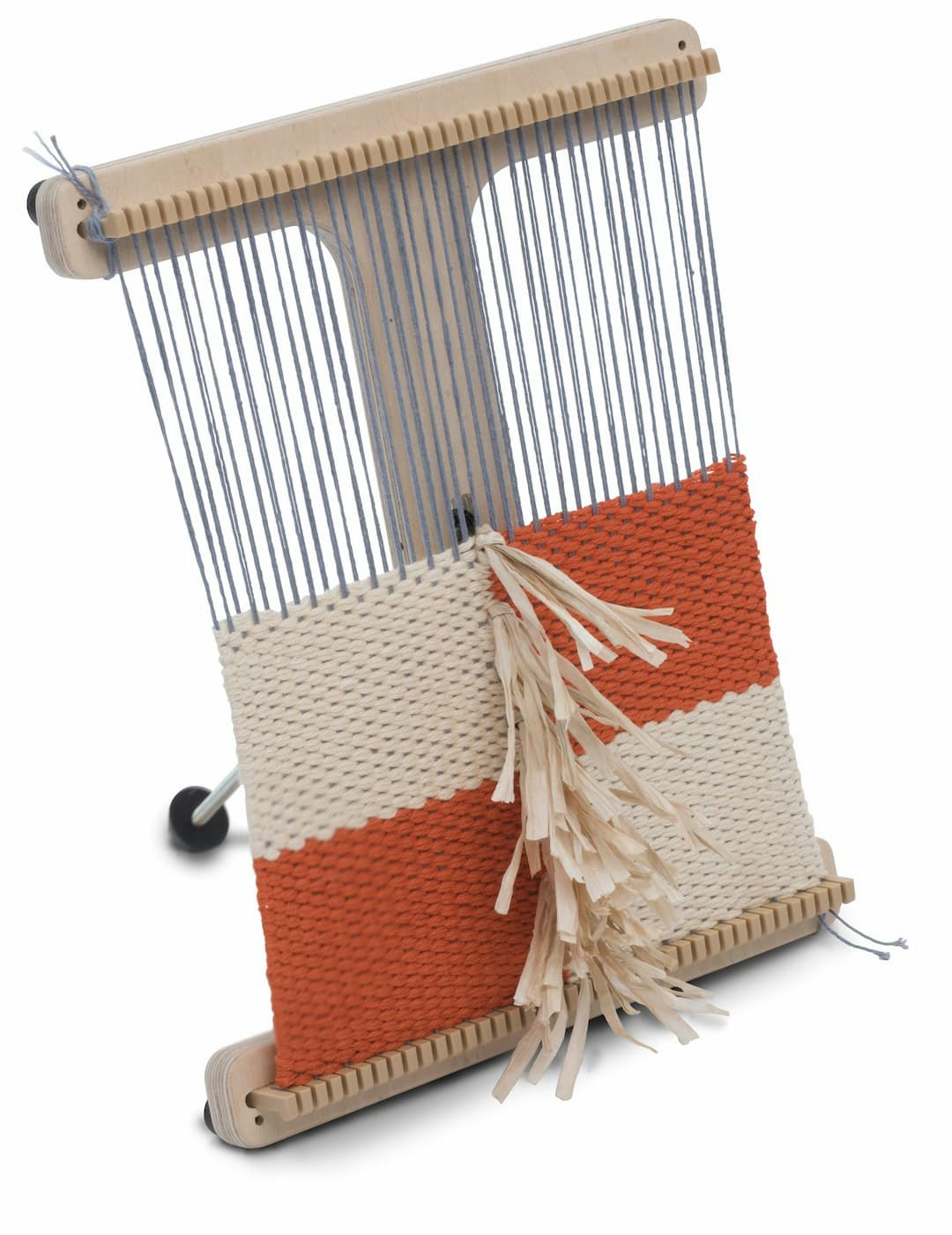 The Schacht Easel Weaver tapestry loom. Photo courtesy of Schacht Spindle Co.
The Schacht Easel Weaver tapestry loom. Photo courtesy of Schacht Spindle Co.
Loom
First, you’ll need a loom. You can use any sort of basic frame—some weavers start out using an empty picture frame, and this works perfectly fine, although keeping the warp yarn sett (spaced out) and tensioned evenly will be a bit tricky. With a tapestry loom, the sett is “built-in” using notches, pins, or pegs that you’ll wind the warp around. Some looms also have tensioning devices. Whatever loom you choose, if you’re starting out, it can be helpful to start with a small loom—something that won’t feel daunting to “fill.”
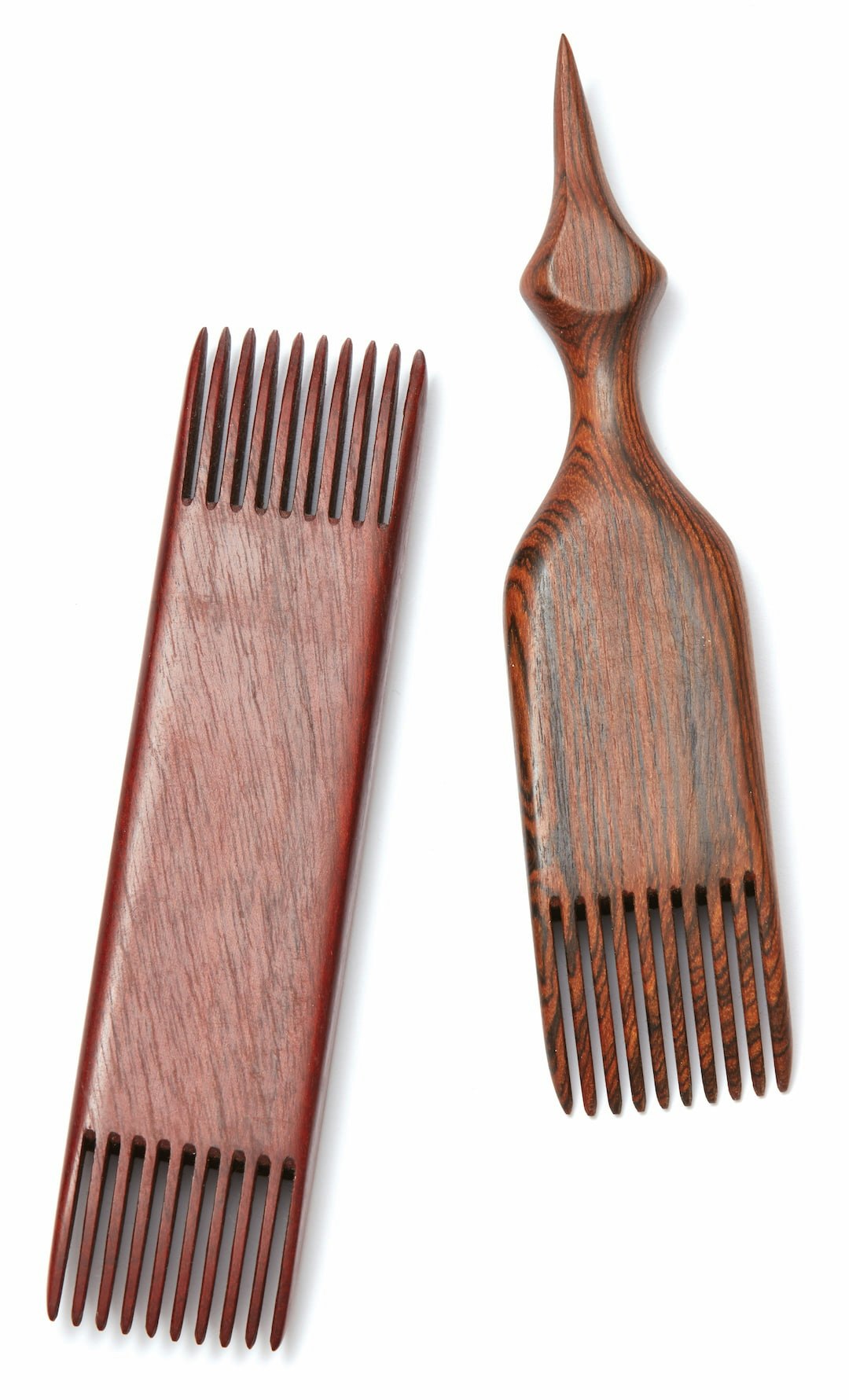 Navajo-style weaving forks designed by Al Snipes. Photo credit: George Boe
Navajo-style weaving forks designed by Al Snipes. Photo credit: George Boe
Weaving Fork
Once you’ve got your loom, you’ll want to use something to pack the weft. With tapestry, you typically won’t be weaving with one weft yarn from selvedge to selvedge, so some sort of weaving fork is useful for packing in bits and pieces of weft as you build shapes. You can use a fork or a hair pick when you’re starting out, but tapestry-weaving forks that are designed specifically for beating in yarn can make this job easier. Not only are tapestry forks sturdy, but they’re also made to get between warp yarns without damaging them. Some even have a pick-up-stick-like end so the fork can work double duty.
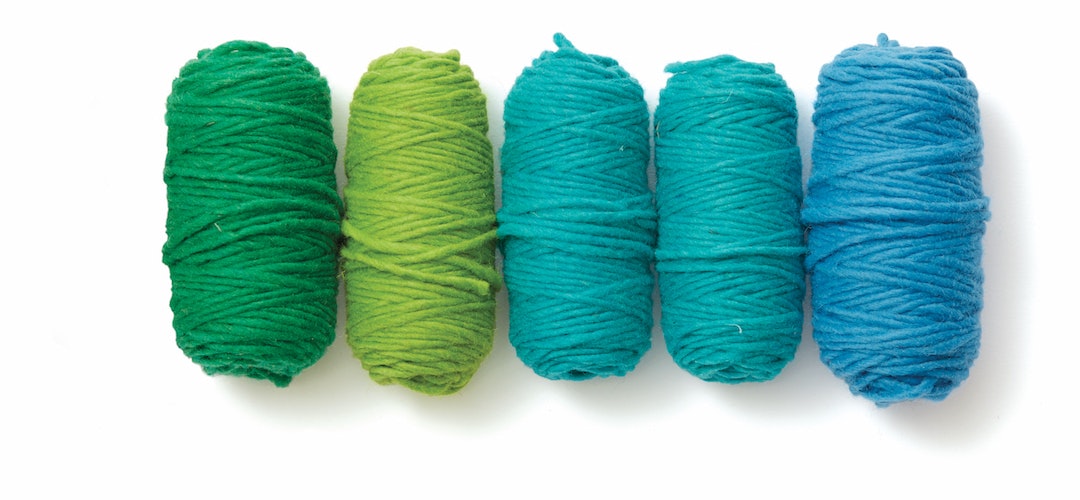 Harrisville Designs Wool Tapestry Yarn. Photo courtesy of Harrisville Designs
Harrisville Designs Wool Tapestry Yarn. Photo courtesy of Harrisville Designs
Yarn
Finally, you need some tapestry yarn. For the warp, you’ll want a strong, moderately fine yarn. You can use a special tapestry warp yarn, but some weavers choose to use cotton or linen from their stash. For the weft, the world is your oyster! With tapestry you have fewer limitations because you (typically) won’t be wet-finishing or wearing the final product. You can mix fibers, choose coarse wools, and play with texture and yarn size to your heart’s content.
Typically, yarn that’s marketed as tapestry yarn is going to be wool yarn available in a variety of tints, tones, and shades. The wool yarn will stay in place easier than a more slippery yarn, and the variety of colors helps you with color blending and shading. If you want to focus more on creating imagery (realistic, geometric, or abstract), as opposed to focusing on texture, tapestry yarn can be useful.
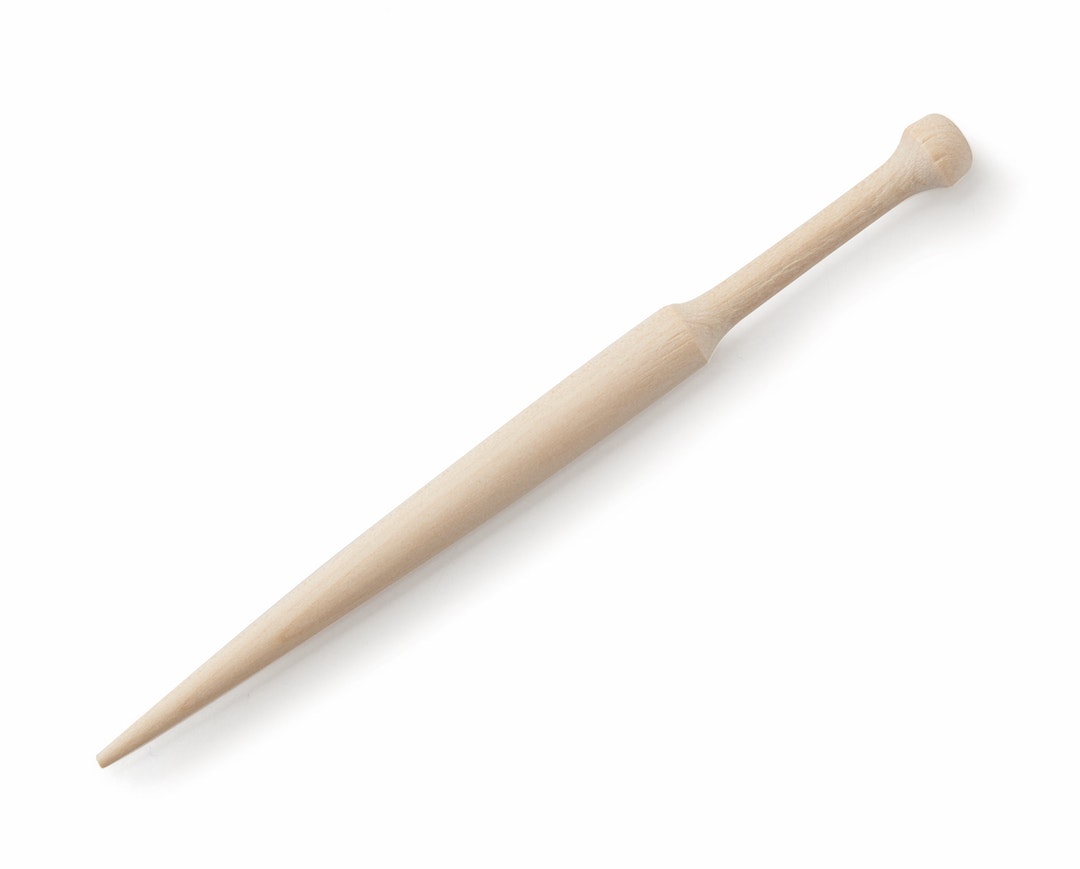 Glilmåkra Tapestry Bobbin. Photo credit: Joe Coca
Glilmåkra Tapestry Bobbin. Photo credit: Joe Coca
Extras
With all types of weaving, there are some “nice-to-haves” out there—items that you don’t need to get started, but that will make your life easier. Tapestry is no exception. For example, while you can make your weft yarn into butterflies to keep it compact as you place it in the shed, some weavers prefer to use tapestry bobbins. The yarn is wound on the back of the bobbin, while the pointed front of the bobbin is used to pick up warp ends for easier weaving. Weaving needles, wood or metal, can also help you with placing the weft, and sometimes folks like to also use pick-up sticks and/or heddle rods with string heddles.
Of course, there’s much more in the world of tapestry tools, but this is a basic primer for those just beginning tapestry weaving. As you get more into your tapestry, you’ll figure out what specialty tools work well for you.
Happy Weaving!
Christina

